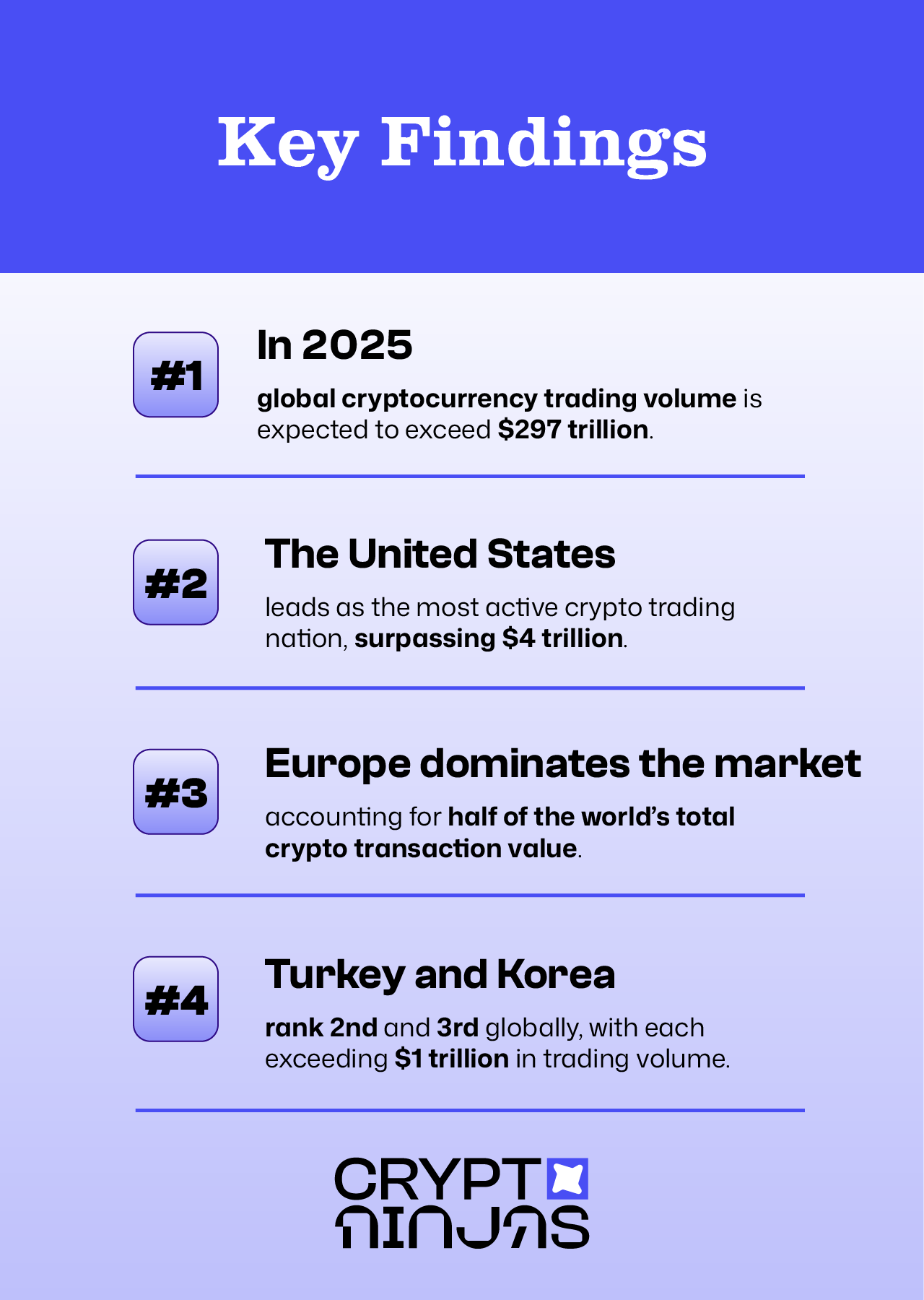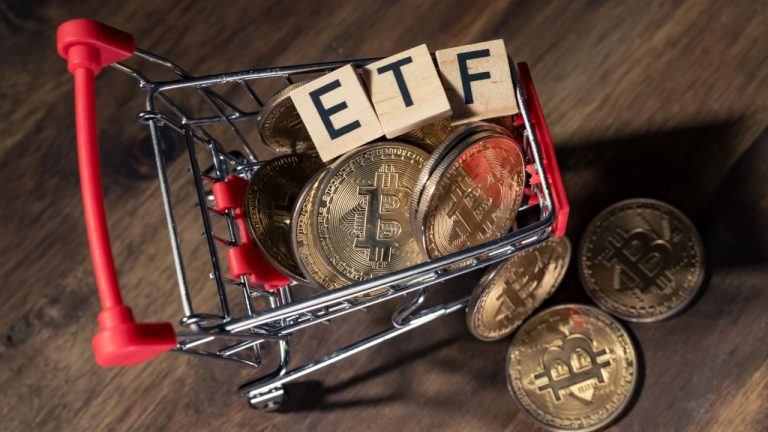FYI ; it's translated from Dutch to English.
The blockchain is the foundation of the Bitcoin network. It is a public ledger that stores all transactions ever made with Bitcoin in a chronological order of blocks. Each block contains a series of transactions and has a reference to the previous block in the chain, creating a continuous and immutable history of transactions.
Here's how the blockchain works:
Transactions: Every time a Bitcoin transaction is executed, it is broadcasted to the entire Bitcoin network. A transaction consists of information about the sender, receiver, the amount being sent, and a digital signature that validates the transaction.
Verification: When a node receives a new transaction, it is validated before being included in a block. Verification involves checking the digital signature, verifying if the sender has sufficient balance, and ensuring that the transaction doesn't violate the protocol rules.
This is the task of a full node.
A full node verifies all new transactions and blocks according to the rules of the Bitcoin protocol. It has the ability to independently verify the validity of each transaction, including checking digital signatures, validating input and output addresses, and verifying sufficient balance. By having a complete copy of the blockchain, a full node can independently synchronize the blockchain and propagate new transactions and blocks to other nodes in the network.
Block Formation: Once a node confirms the validity of a transaction, it includes the transaction along with other valid transactions to form a block. Each block has a limited size (in bytes) and can contain only a limited number of transactions.
Proof-of-Work: Before a block is added to the blockchain, it needs to be linked to a valid "proof-of-work." This involves miners solving complex mathematical puzzles that require significant computational power. Finding a valid proof-of-work is considered proof that substantial computational work has been done to create the block. This process is called mining.
Addition to the Blockchain: Once a miner finds a valid proof-of-work, the new block is added to the blockchain. The block is then propagated to other nodes in the network, which validate and add it to their local copy of the blockchain.
Points 3, 4, and 5 are the tasks of a mining node.
A mining node is a specific type of node that focuses on the process of mining, which involves adding new blocks to the blockchain. Mining nodes are often powerful computers, also known as ASICs, optimized for solving the proof-of-work algorithm. They collect new transactions, bundle them into blocks, and then attempt to solve the proof-of-work problem to create the next block. Mining nodes contribute to securing the network and are rewarded with new bitcoins and transaction fees for their efforts in applying the Proof-of-Work.
Chain Continuation: If other miners verify and attach to the new block, the chain of blocks is extended, creating a consensus on the valid state of the blockchain. Miners now work on creating the next block, and the process continues.
Immutability: Once added to the blockchain, a block is immutable. Since each block has a reference to the previous block, modifying a single block would require modifying all subsequent blocks, which is practically impossible due to the proof-of-work mechanism.
Through this chain of blocks and the proof-of-work mechanism, the blockchain ensures that the history of transactions in the Bitcoin network is permanently and securely recorded. Any alteration to a block would require controlling the majority of the network's computational power, which is highly unlikely given the decentralized nature of the network. This makes the blockchain a reliable and transparent ledger for Bitcoin transactions.
Apart from the full node and mining node mentioned above, there are also pruned full nodes, light nodes, supernodes, and archival nodes.
A pruned full node is a variant of a full node that selectively stores parts of the blockchain. Instead of retaining the entire blockchain, a pruned full node removes older blocks from its storage while keeping the most recent blocks and the UTXO set. This allows a pruned full node to maintain the blockchain with less storage space. Although pruned full nodes are unable to validate older transactions included in the removed blocks, they can still verify new transactions and contribute to the blockchain's dissemination in the network.
*The UTXO set is the collection of unspent Bitcoin transaction outputs and is a crucial part of the Bitcoin protocol for tracking ownership of bitcoins.
The UTXO set keeps track of which Bitcoin addresses have access to which balances.
A light node, also known as a Simplified Payment Verification (SPV) node, has the specific function of verifying and receiving transactions using a simplified version of the blockchain. Instead of storing the full contents of each block, a light node only stores the headers of the blocks, which summarize the entire block. This allows a lightweight node to require less storage space and computational power compared to a full node.
*While both lightweight nodes and pruned full nodes require less storage space than a full node, there are some important differences between the two:
Data Storage: A lightweight node only stores the block headers, whereas a pruned full node removes selective blocks but still retains a subset of the full blocks. This means that a pruned full node stores more data than a lightweight node but still less than a full node.
Validation Capacity: A lightweight node relies on other full nodes in the network to verify transactions. It checks the validity of transactions by confirming if they are included in a block and if the block headers are correct. On the other hand, a pruned full node can still independently verify and validate transactions since it retains the complete set of the most recent blocks.
Network Participation: Due to requiring less storage space and computational power, lightweight nodes can more easily participate in the Bitcoin network, even on devices with limited resources such as mobile phones. However, pruned full nodes still require significant storage space, limiting their accessibility to devices with sufficient storage capacity.
In summary, a lightweight node provides the ability to verify and receive transactions using block headers, while a pruned full node retains selective blocks but can still independently verify transactions. Both types of nodes reduce the storage requirements compared to a full node, but they differ in the extent of data storage and their capacity to validate transactions.
A supernode, sometimes referred to as a listening node, is a node with higher capacity and computational power than a regular full node. Supernodes often have more bandwidth and can handle large amounts of transaction data. They act as nodes for distributing transactions and blocks to other nodes in the network. Although the concept of supernodes is not an official part of the Bitcoin protocol, the term is sometimes used to denote nodes with higher capacity or nodes managed by larger players in the network.
An archival node is a specific type of node that stores a complete and permanent copy of the entire blockchain, including all historical transactions and blocks. Unlike a pruned full node that may remove older blocks to save storage space, an archival node retains all information from the very first block of the blockchain. Archival nodes are valuable for enabling historical analysis, conducting in-depth research, and verifying older transactions. However, they require significant storage space and computational power due to the size of the complete blockchain.
Thanks for taking the time to read it !
[link] [comments]

You can get bonuses upto $100 FREE BONUS when you:
💰 Install these recommended apps:
💲 SocialGood - 100% Crypto Back on Everyday Shopping
💲 xPortal - The DeFi For The Next Billion
💲 CryptoTab Browser - Lightweight, fast, and ready to mine!
💰 Register on these recommended exchanges:
🟡 Binance🟡 Bitfinex🟡 Bitmart🟡 Bittrex🟡 Bitget
🟡 CoinEx🟡 Crypto.com🟡 Gate.io🟡 Huobi🟡 Kucoin.




















Comments